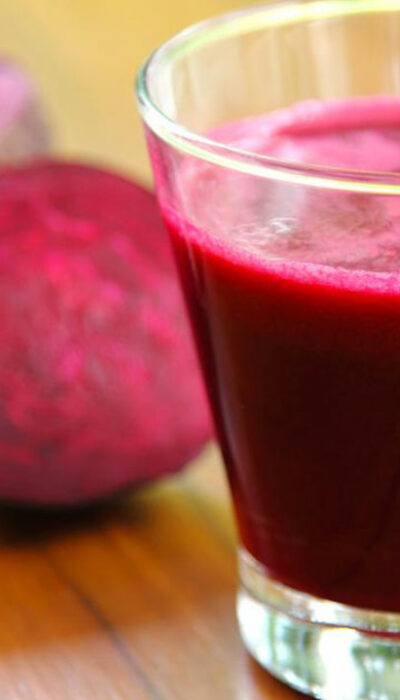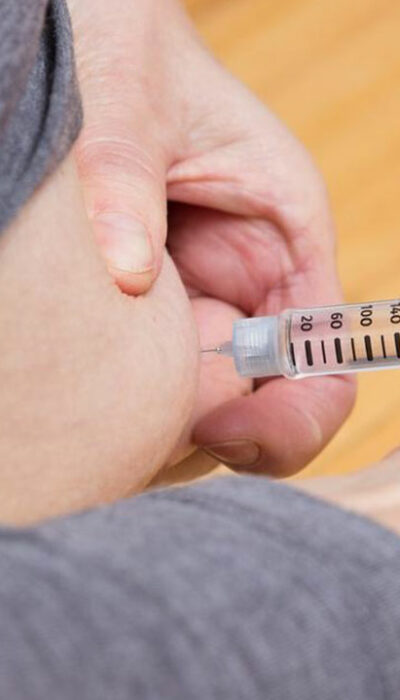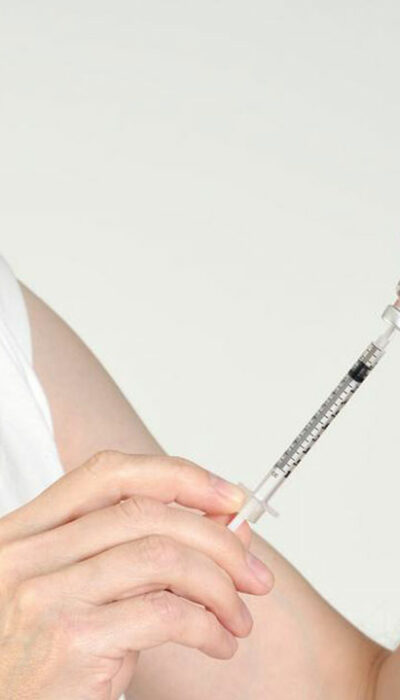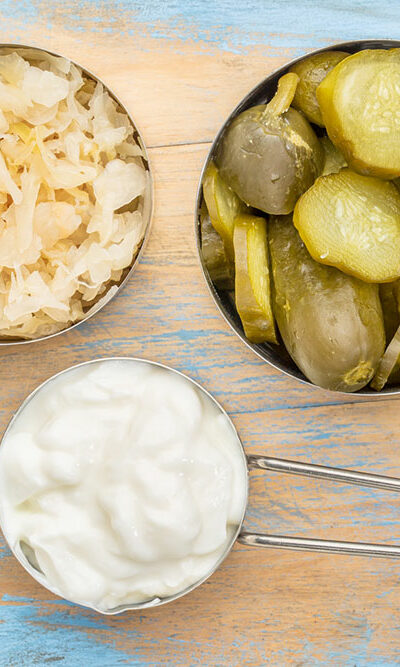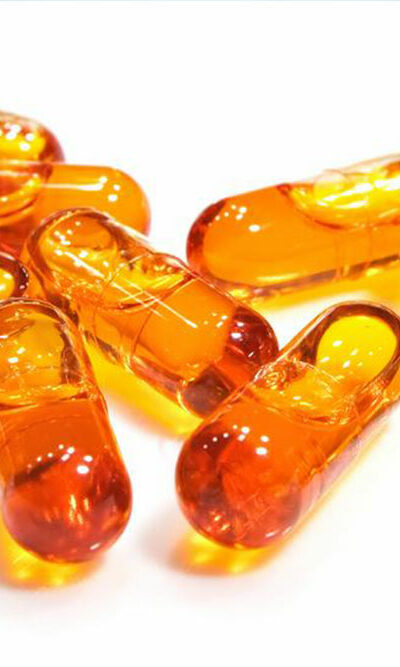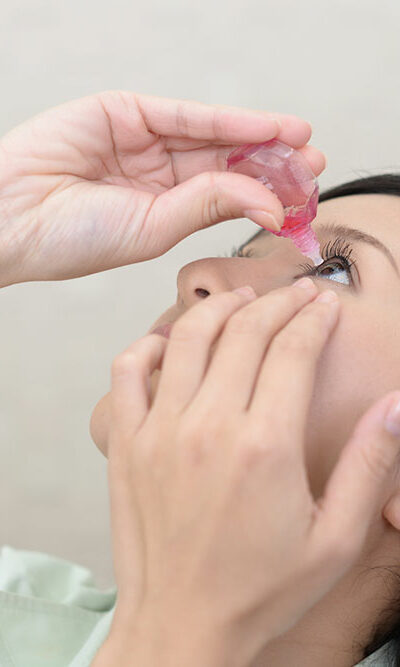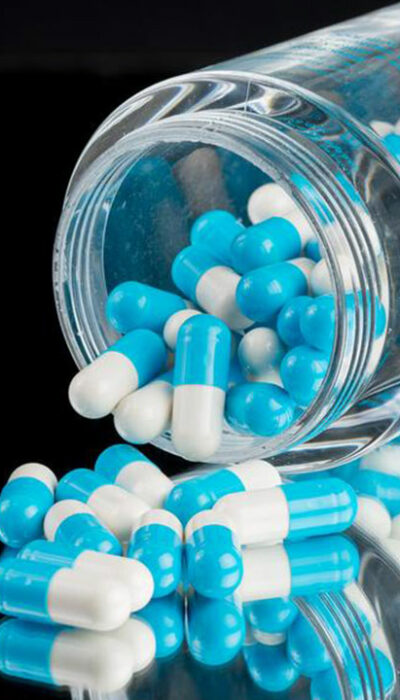
Essential Vitamins for Your Kidney Health
With a jam-packed schedule, do you wake up and get ready to eat waffles topped with chocolate sauce for breakfast? Then amidst the back-to-back meetings, do you quickly grab a soda, burger, and fries for lunch? Does your dinner regularly comprise of pasta or spaghetti? Do you often remain thirsty and don’t hydrate regularly? If this is what your daily dietary routine looks like, your kidneys are silently yearning for help. Kidneys are vital for your health and play an essential role in the well-being of your body. Kidneys perform the following essential functions: Eliminate toxins Filter the blood Absorb minerals Neutralize acids Damage to the kidneys can often go unnoticed for a long time, as kidneys can function with as little as 20% of its capacity. Therefore, prevention is better than cure holds true in the case of kidneys. If you have any kidney disease, you should know which products are harmful and which are beneficial for your condition. Vitamins for kidneys are essential nutrients that our body needs to grow, develop normally and maintain its functions. Here are some vitamins for kidneys which are essential for the maintenance and recovery of your kidneys. Vitamin A Vitamin A is a fat-soluble compound that is generally classified as retinoids. Retinoic acid promotes embryonic development and is needed for normal immune function. Vitamin A is transported through to retinol-binding protein (RBP). These vitamins for kidneys are recommended to be consumed in a liquid form. Recommended Dosage : Daily Reference Intake (DRI) of 700-900 ug/day. Sources : Liver Fish liver oil Dairy Products Butter Eggs Red and yellow colored fruits and vegetables Dark green leafy vegetables 2) Vitamin B12 Known as Cyanocobalamin, B12 is found in high protein foods. Thus, patients who consume low amounts or remain on very low protein diets for an extended period may have insufficient B12 levels.

